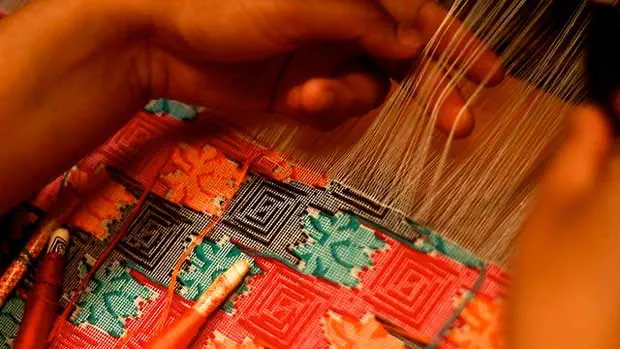
Source: Scientific American
According to data from the Environmental Protection Agency, at least 9 percent of waste in the U.S. comes from clothing that is tossed.
Pollution and waste caused through clothing production has been linked with high energy and water use and high gas emissions. However innovators have used biodegradable material to introduce an alternative for textiles used for clothing.
Researchers have found a way to produce clothing out of living bacteria including algae or yeast, which can then break down into material that is not harmful to the environment.
The material has been found to be both strong and flexible which can help with replacing traditional materials that are used in clothing and harmful to the environment once clothing ends up in wasteland.
Designs from the team were showcased at the MOMA in New York last year, as the team of researchers grew live materials and used natural dyes such as a carrot juice to build a pair of moccasins using a mold.
Some of the major barriers that currently stand in the way of making these materials available in the public include high costs.
Read Full Story: Scientific American
